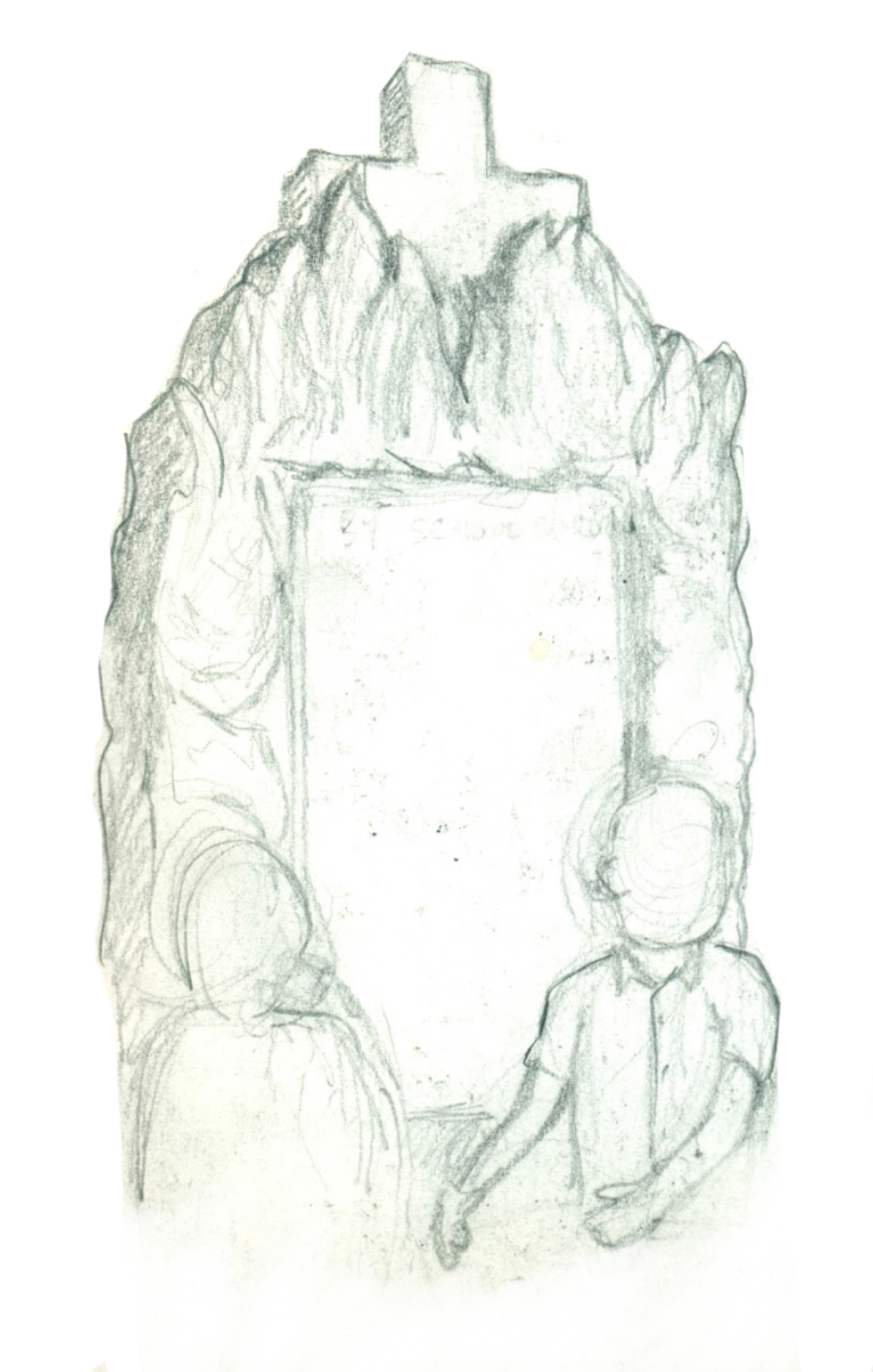
1899-1939
Progressive Reform
National Trends
By the second era, Omaha Public Schools was already becoming a leader of new, best practices. Schools began leading with the idea that teachers should teach the whole child. The first-of-its-kind safety patrol system launched to keep kids safe and the first special handicapped school, J.P. Lord School, opened in 1938.
1900
Former slave Jennie McCorkel enrolled in school at age 68.
Resilient Achiever
In that same year, OPS introduced a night school to educate immigrants.
Communicator
Nebraska took home a medal in the Paris Exposition of 1900 for their exhibit on the Nebraska School for the Deaf.
1902
Students learn by doing. John Dewey’s philosophy advocates that teachers should teach the whole child, meeting their emotional, social, intellectual and physical needs.
Innovator
In 1902, the Biologics Control Act passes. It is the first law implementing federal regulations of vaccines in the US.
Civic & Global Contributor
1909
Omaha High School and Omaha Public Schools take over providing lunch for students.
1911
Omaha Public Schools hires its first two female high school principals. Kate McHugh (right) leads Omaha High School and Mary McNamara leads Benson High School.
Resilient Achiever
1912
The Omaha High School of Commerce has its run from 1912-23 in the old Leavenworth Elementary School building at 17th and Leavenworth Streets. The school offers classes to prepare students for jobs in the business world including typing, stenography, telegraphy, bookkeeping, commerce law and trade.
Innovator
1912
Belle Ryan becomes the Assistant Superintendent of OPS.
Belle Ryan is pictured at her desk in 1936.
Resilient Achiever
1915
School nurses begin providing student examinations.
Civic & Global Contributor
In 1915, Omaha Public Schools introduces more night schools.
Civic & Global Contributor
1916
OPS begins allowing the use of its facilities for use as evening recreation centers.
Civic & Global Contributor
1917
The Smith-Hughes Act passes, providing federal funds for vocational education. Big corporations favor the legislation hoping it will weaken the power of trade unions. Through that point, unions led vocational training.
1919
OPS allows female teachers to marry. Prior to 1919, the district did not hire or retain women who got married.
1920
In 1916, the Stanford-Binet Intelligence Scale (first IQ test) gets published in the U.S.
1921
Principal Marie Witzel establishes a safety patrol at Farnam School. It is the first-of-its-kind in the U.S.
Students practice safety patrol at Belle Ryan School (far right), n.d.
Innovator
An honors society, started by J.G. Masters in 1921, goes national. Paralleling with OPS’s ideals, the society emphasizes volunteering and high GPAs.
Innovator
Critical Thinker
1923
OPS opens a new technical school, which at the time was the largest technical school and high school building west of Chicago. In present day, the building serves as the Teacher Administrative Center and is home to the 160th Anniversary Mural.
Students gather outside Tech High, n.d.
The Big Sisters program begins at Central High School. The program pairs juniors and seniors with new students to help prepare them to acclimate themselves to Central.
Collaborator
Dr. Janie Calfus becomes the first woman elected to the Omaha Public Schools Board of Education. Heavily involved in Democratic politics, Calfus would serve on the Board from 1923 to 1926. She would later stage an unsuccessful run for U.S. Senate. She was also heavily involved in the women’s suffrage movement.
1925
Scopes Monkey Trial
Scopes poses (right) for a photo a month before his trial. Photo courtesy of the Smithsonian Institution.
Critical Thinker
1926
The first SAT test is administered in the United States. Although the test would gain widespread acceptance, it would—along with its competitor, the ACT—face criticism for its cultural bias and inefficacy in proving college-readiness.
Critical Thinker
In 1926, Janitors are also required to be engineers at Omaha Public Schools.
OPS maintenance staff poses for a photo, n.d.
Central High School students choose Eagle as mascot, which it still is today.
1927
Johnny Goodman is named Omaha South High School’s boys World Herald Scholar. Goodman won the U.S. Open in 1933 as an amateur and was the last do so. In 1998, Applewood Golf Course was renamed the Johnny Goodman Golf Course.
1928
Robbins School is dedicated. It is named for two boys with the last name, Robbins, who ran into a burning house to save their mother.
Robbins School building pictured to the far right, n.d.
Innovator
Famous conductor John Philip Sousa presents Tech High Marching Band with a silver Sousa Loving Cup.
Resilient Achiever
1932
Great Depression begins
1936
Nile Kinnick, a star football player, graduates from Benson High School.
Kinnick is pictured in his University of Iowa football jersey to the far right, circa 1939.
1937
Valedictorian from Technical High School, Alfonzo Davis, becomes the first black military aviator from Omaha to receive his wings from Tuskegee Field.
Civic & Global Contributor
Resilient Achiever
OPS begins offering free lunches based on eligibility.
Civic & Global Contributor
1938
The first special handicapped school, J.P. Lord School, opens after the Board of Education favors Dr. J.P. Lord’s idea.
A nurse helps a student at the J.P. Lord School, n.d.
Innovator
In that same year, Lawrence Klein graduates from Central High School. Klein later receives the Nobel Peace Prize in Economics in 1980.
Resilient Achiever
North High graduate Elizabeth Davis-Pittman is named first female black CU law grad.
Pittman is pictured at right in a newspaper clipping, n.d.
Resilient Achiever
| 1859-1899 | 1899-1939 | 1939-1979 | 1979-2019 | Future |


































